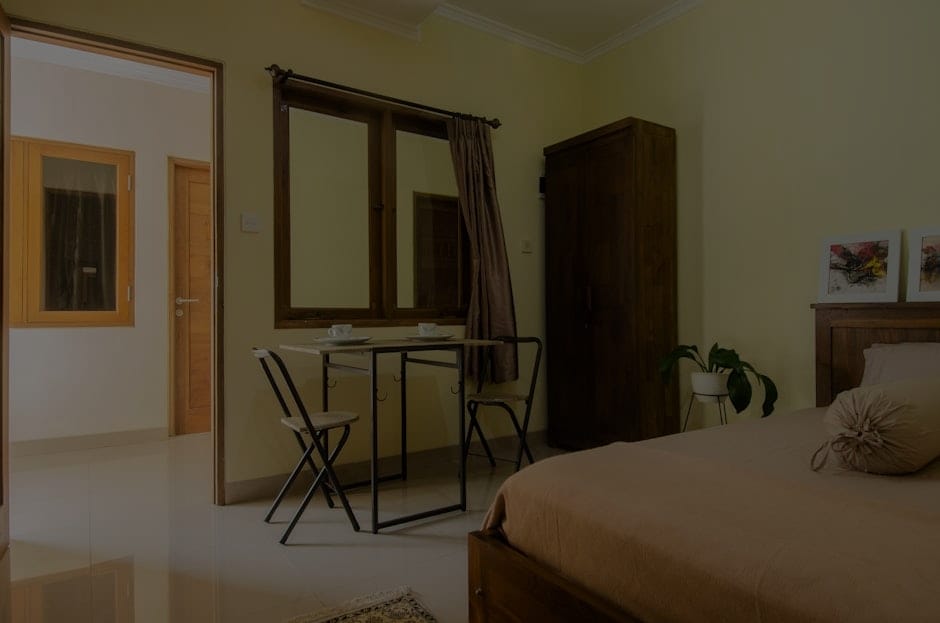**Abstract:** Discover the essential guide to selecting the perfect Feng Shui colors for your bedroom decor. Enhance harmony, tranquility, and energy flow in your personal sanctuary.
Understanding Feng Shui and Its Impact on Your Bedroom
Feng Shui, an ancient Chinese practice, focuses on harmonizing individuals with their environment. In your bedroom, the right colors can influence mood, relationships, and well-being. Each color resonates with specific energies, and understanding these can help create a serene space. For example, soft blues promote calmness, while warm yellows evoke cheerfulness. Choosing the right shades not only enhances aesthetics but also aligns with your personal aspirations and emotional needs.
The Psychology of Color in Feng Shui
Colors play a significant role in influencing our emotions and behaviors. In Feng Shui, colors are categorized by their elemental associations—wood, fire, earth, metal, and water. Each element corresponds to specific colors and energies. For instance, earthy tones like beige and terracotta ground your space, promoting stability. Conversely, vibrant reds ignite passion and energy, making them ideal for couples. Understanding these psychological effects can guide your choices and create a bedroom that resonates with your desired ambiance.
Selecting Colors Based on Your Personal Goals
When choosing Feng Shui colors, consider your personal goals and intentions for your bedroom. If you seek tranquility and restfulness, soft greens and blues are ideal, as they promote relaxation and peace. If your aim is to foster romance and connection, opt for warm shades of pink or red to enhance emotional intimacy. Aligning your color choices with your personal aspirations will not only beautify your space but also create an environment that nurtures your goals.
The Role of Natural Light in Color Selection
Natural light significantly influences how colors appear in your bedroom. A color that looks stunning in daylight may seem entirely different under artificial lighting. Consider the direction of your windows; south-facing rooms benefit from warm, vibrant colors, while north-facing rooms may require lighter, warmer shades to counteract cooler light. Test paint samples in various lighting conditions before making a final decision, ensuring that your chosen colors harmonize beautifully throughout the day.
Creating Balance with Color Combinations
A successful Feng Shui color palette balances contrasting hues to create harmony. Pairing calming blues with energizing yellows can foster a dynamic yet peaceful environment. Consider using neutral tones as a base, allowing bolder colors to accentuate key areas. This strategy not only enhances the room’s aesthetic appeal but also facilitates a balanced energy flow, ensuring that your bedroom remains a sanctuary of relaxation and rejuvenation.
Incorporating Personal Style into Feng Shui
While Feng Shui principles are essential, don’t forget to infuse your personal style into your bedroom decor. Your space should reflect who you are, combining Feng Shui colors with your favorite patterns and textures. Consider adding art, textiles, and decor that resonate with you, ensuring that your bedroom is a true reflection of your personality. This approach not only makes the space uniquely yours but also reinforces a positive emotional connection to your environment.
Conclusion: Crafting Your Ideal Feng Shui Bedroom
Choosing the right Feng Shui colors for your bedroom decor is a powerful way to enhance your living space. By understanding the psychological impacts of color, aligning your choices with personal goals, and creating balance, you can transform your bedroom into a haven of tranquility and energy. Remember, your bedroom is your sanctuary—let the colors you choose reflect your desires and nurture your spirit. With careful consideration and creativity, you can create a harmonious space that resonates with peace and positivity.










